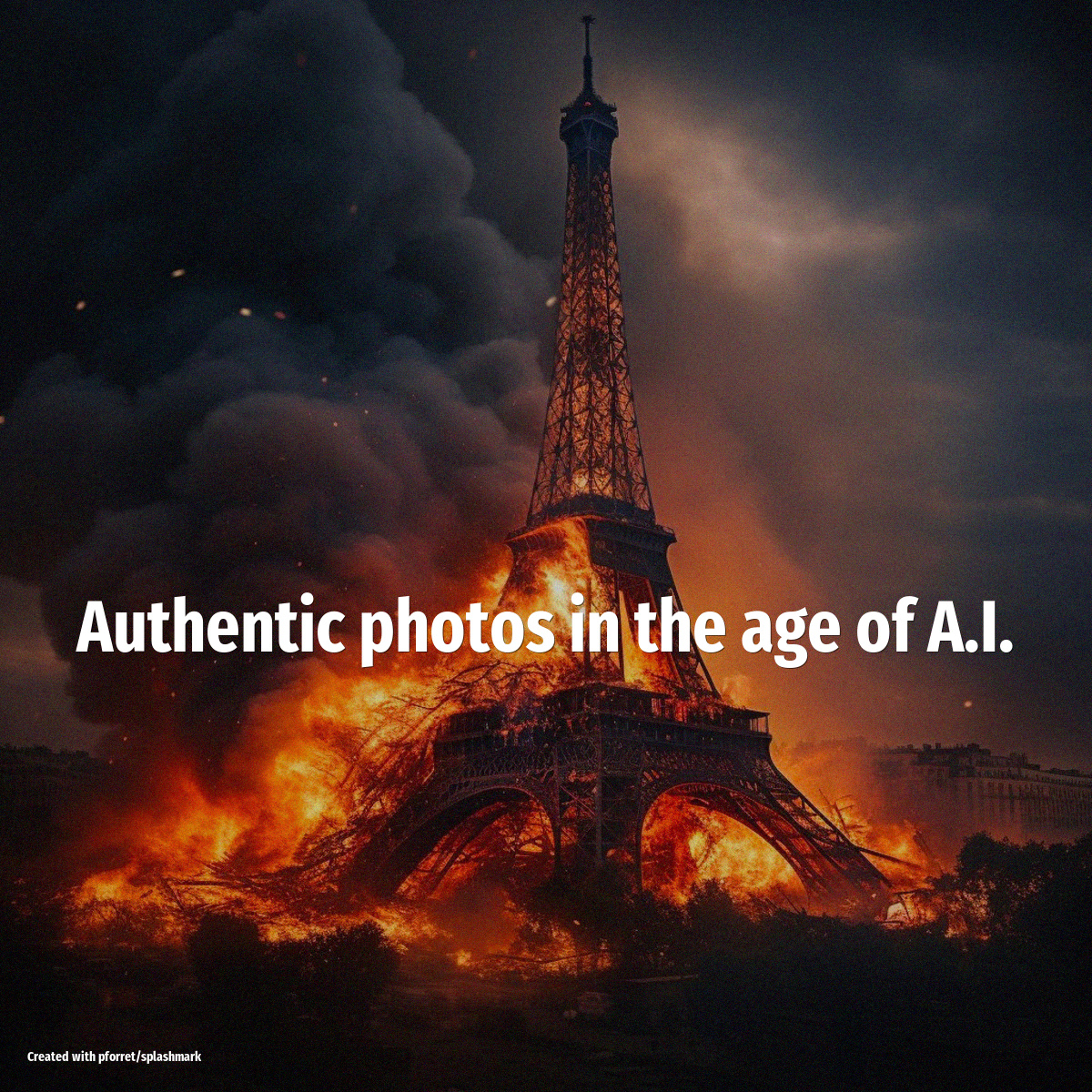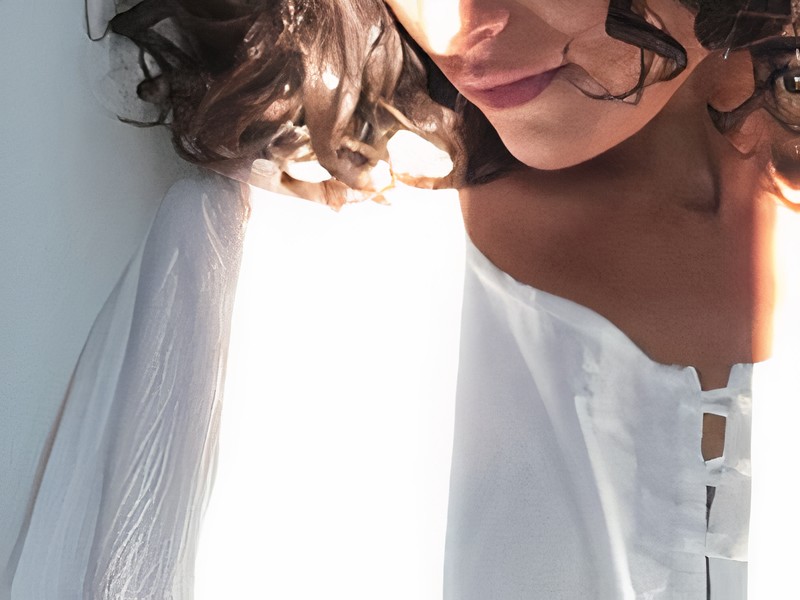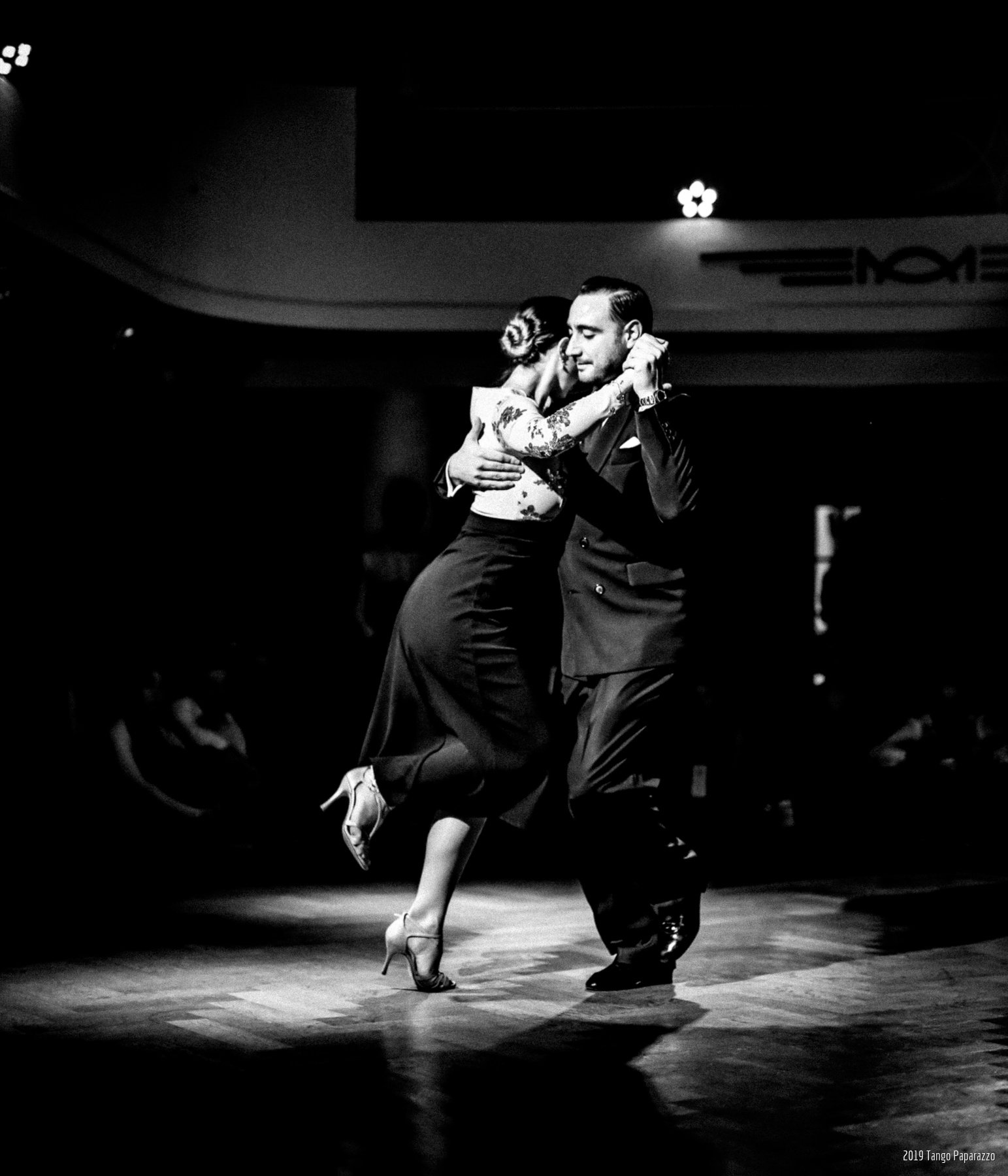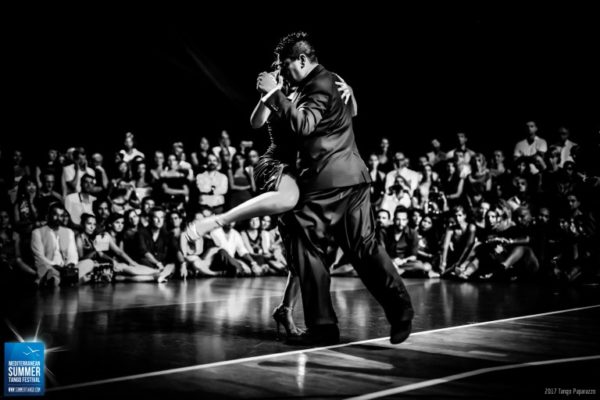A JPEG picture doesn’t care about no DPI
21 Apr 2008Every now and then I get a request to use pictures of mine for a poster, a flyer, a book. People usually find the pictures they want in my Flickr sets, where they are available in a max resolution of 1200 pixels for the longest side (so e.g. 1200 x 800 for photos in 3:2 aspect ratio). When this is not enough, people ask me for higher resolution versions. And that question comes in two versions:
- the logical i’m-used-to-this-digital-stuff version: “could I get those pictures in 1800×1200” / “Can I have at least 2 megapixels“?
- the weird I-used-to-work-in print version: “can you send them in 300dpi“?
DPI (dots-per-inch) only make sense for me if I would know on what size you want to print them. If you’re making an A4 flyer, that’s 8½ × 11 inch, and you need 300 dpi, then that means you need 3300×2550 pixels. If you want to print only an A6 size, that’s 1650×1275 pixels. So don’t tell me what DPI you need, tell me what pixel dimensions you need. Yes, you can save the DPI parameter in a JPEG file, but it changes nothing to the data. My 1200×800 picture with a DPI value of 72 or 300dpi is still, pixel by pixel, the same picture. Your image viewer might decide to show it as a bigger picture on the screen, but the image data is identical.
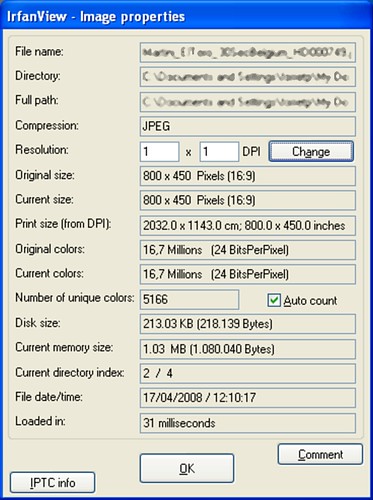
Beginning to see the pattern? No matter what DPI you set (or, as it happens, what size in inches) so long as you don’t let Photoshop resample the image up or down, it’s STILL 504 by 144 pixels.
Let’s save this one as 12dpi.TIF before we forget, then have a look at the file sizes. You’d think that a 300dpi file would be higher resolution than a 12 dpi file, and because of that a lot bigger, right?
Sorry. All three files are exactly the same size.
(from pptfaq.com)
So, if you’re asking someone for a high-resolution version of a digital picture, ask for minimum pixel dimensions, not for DPI! Otherwise you just show that, while you might have experience in managing print, you have no clue how digital imagery works.
